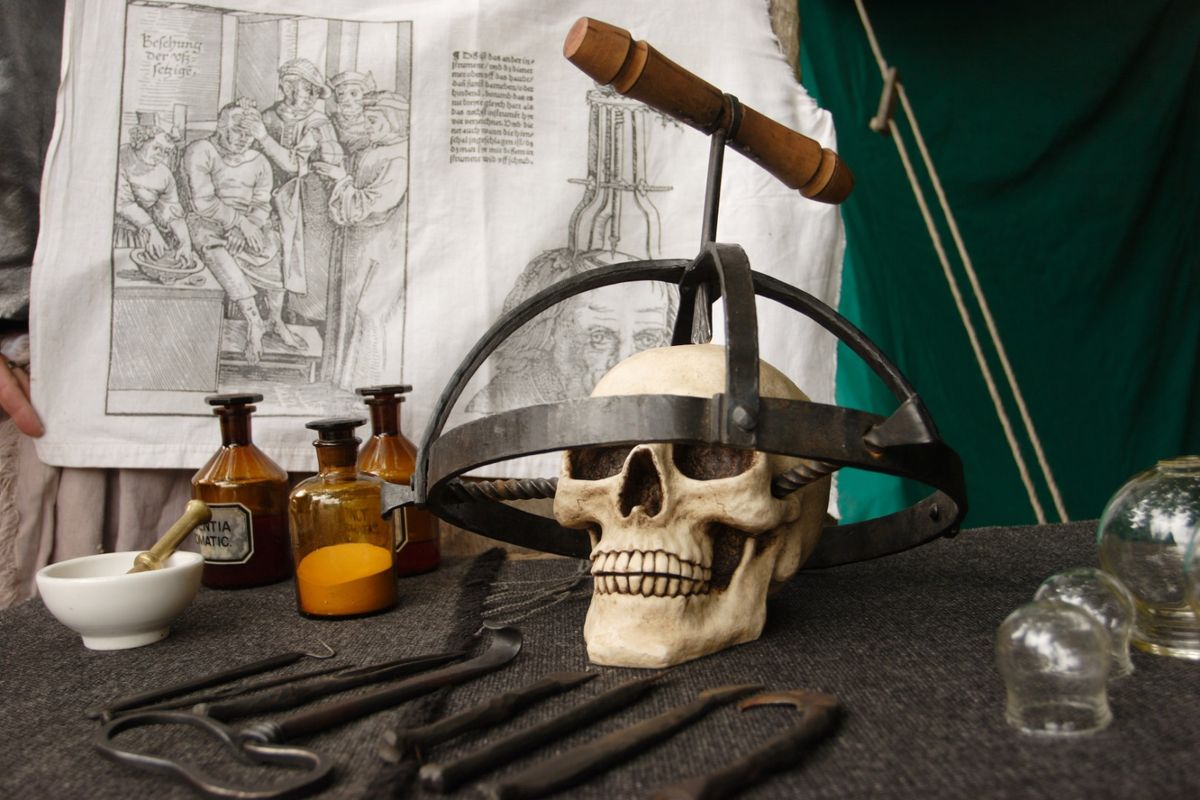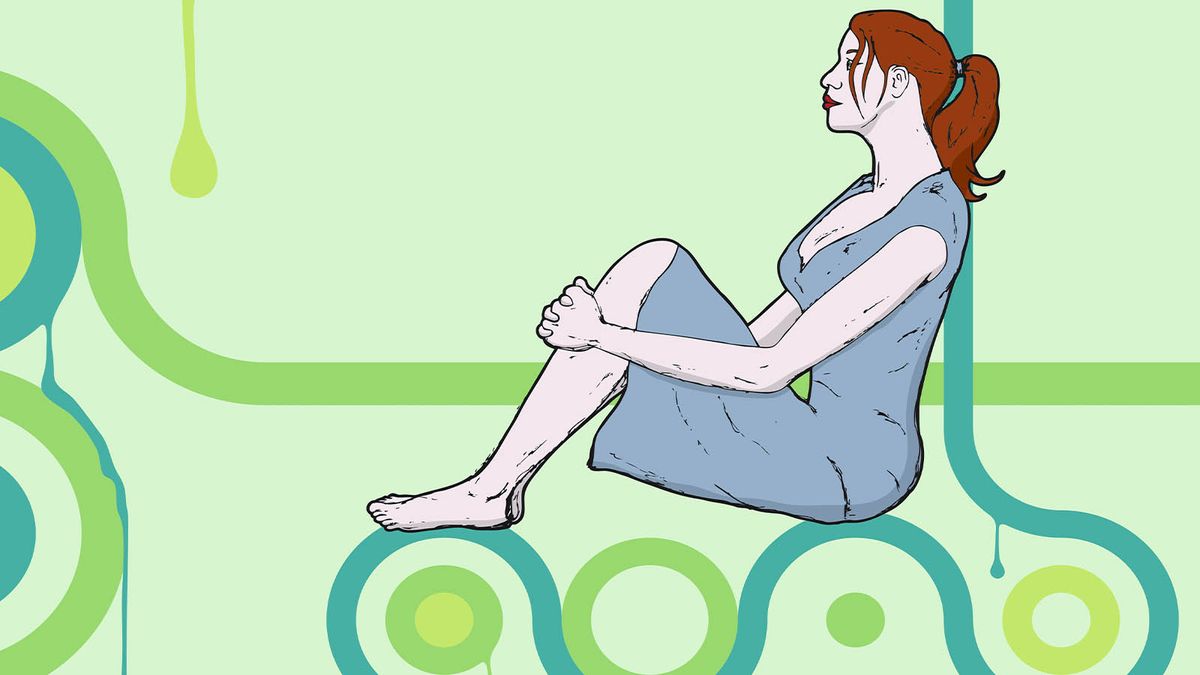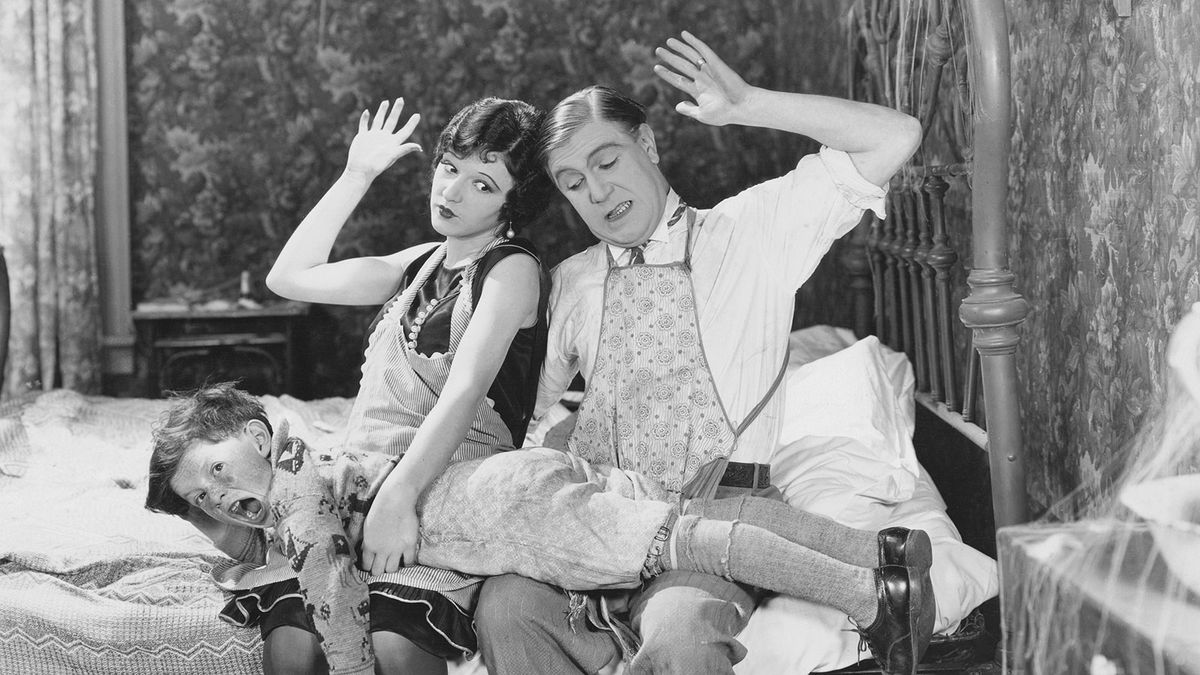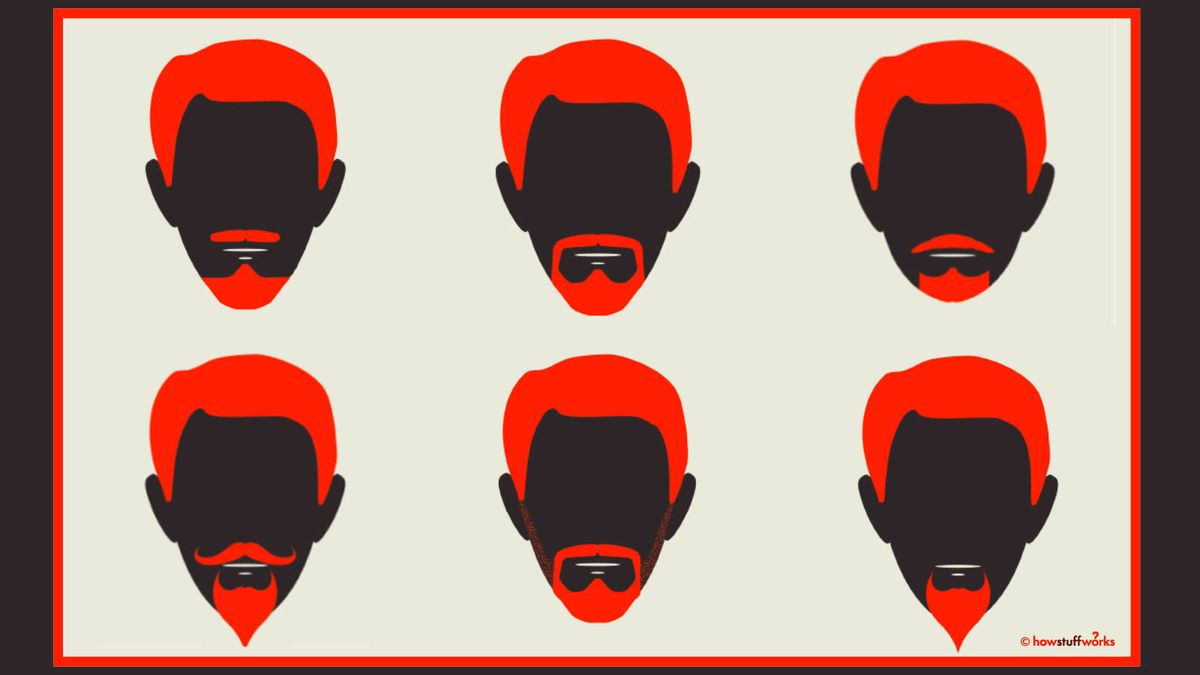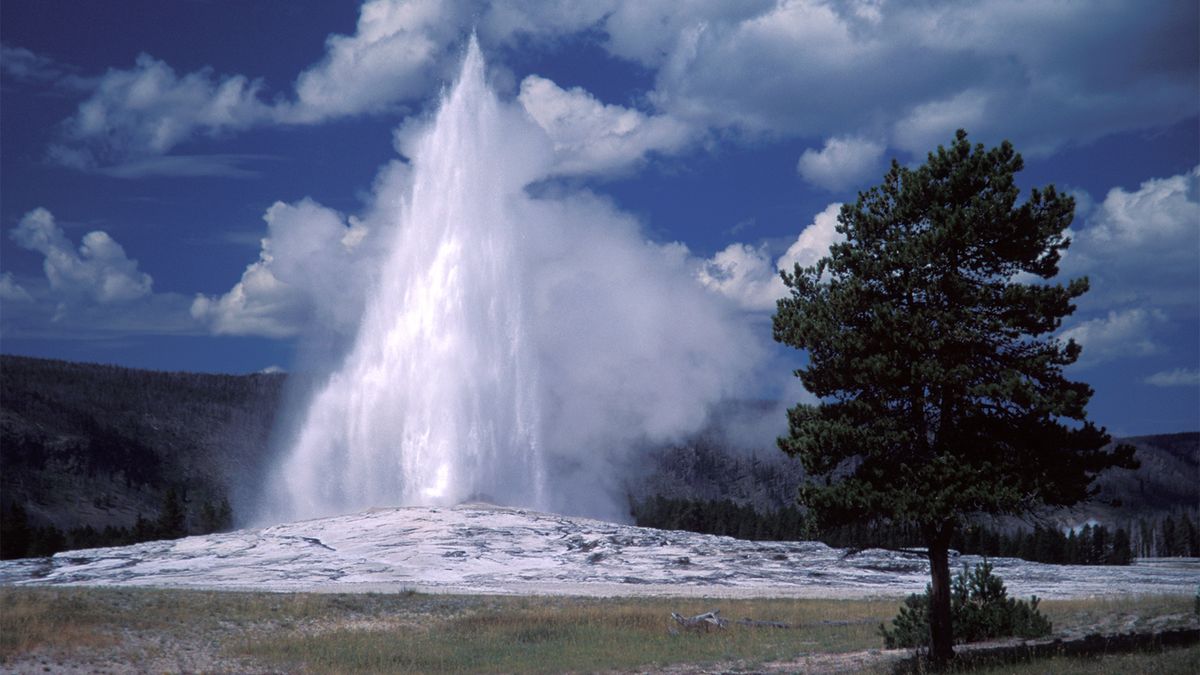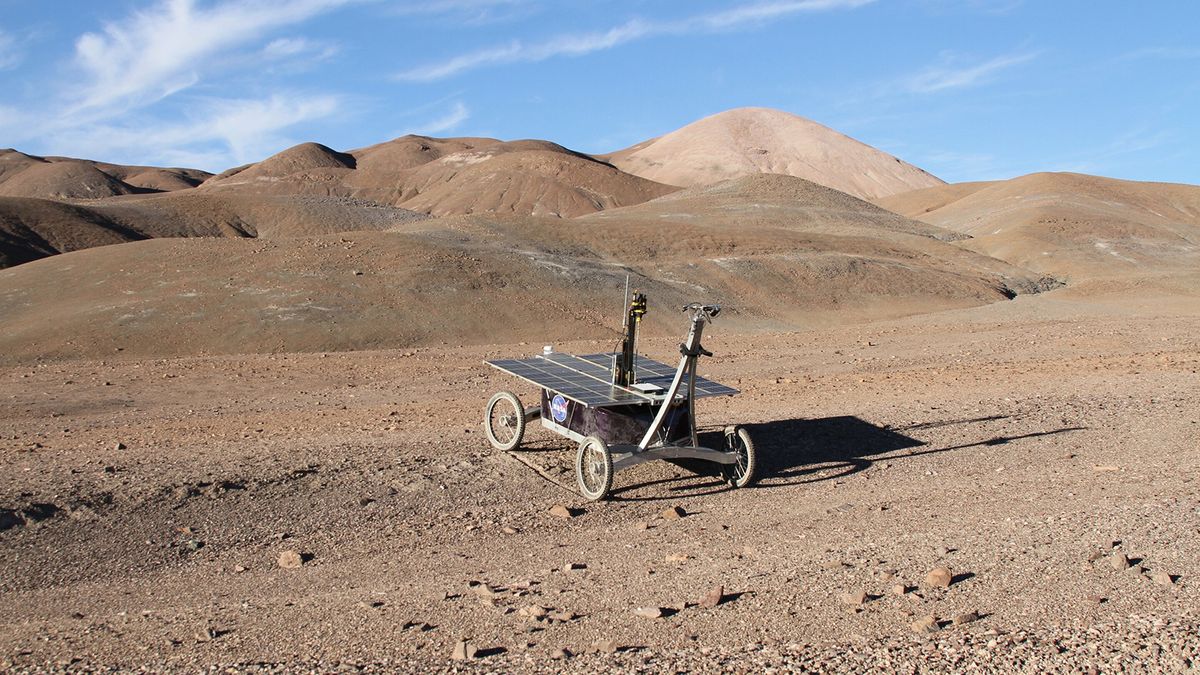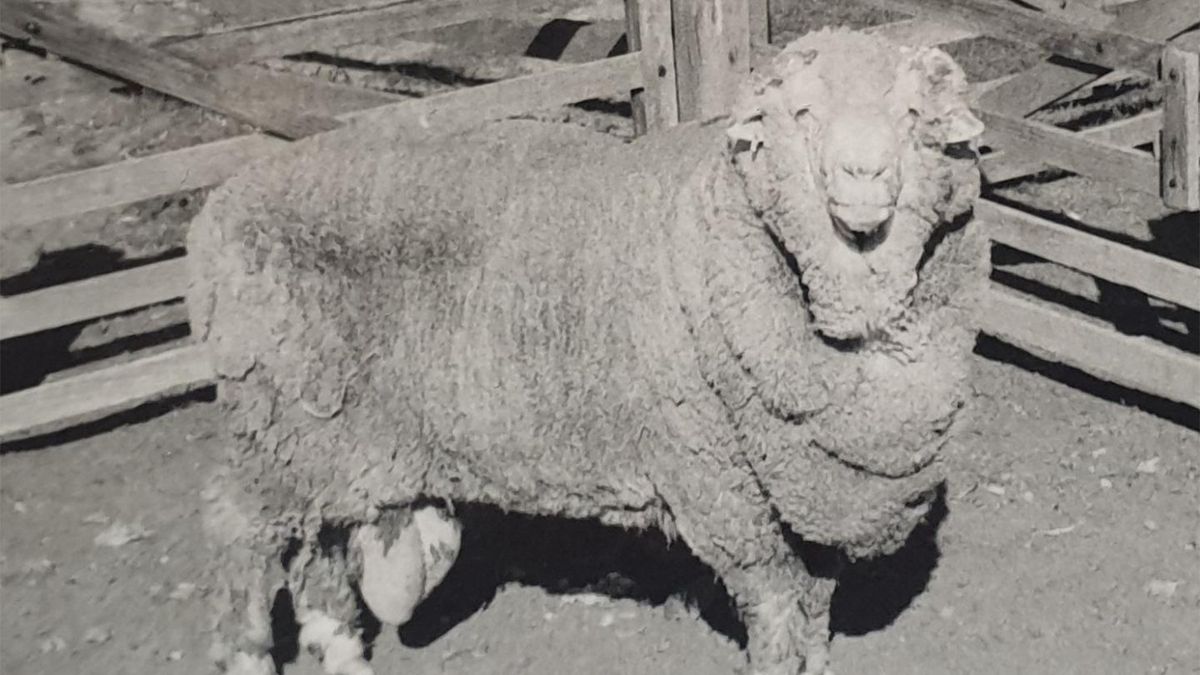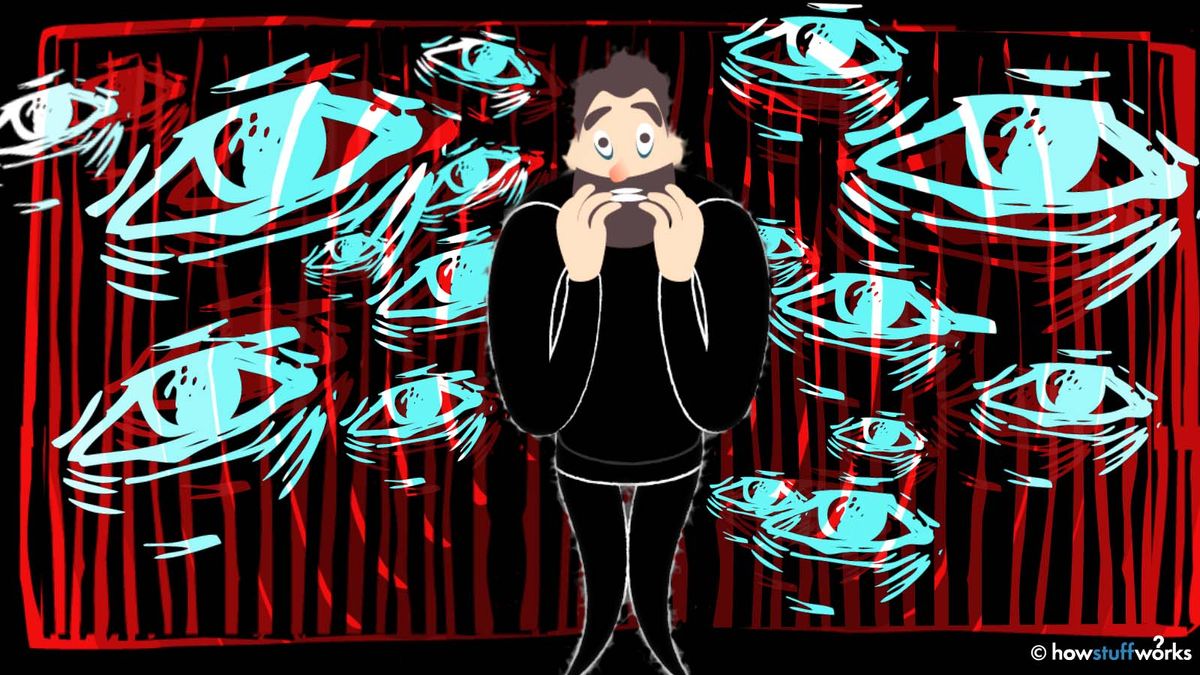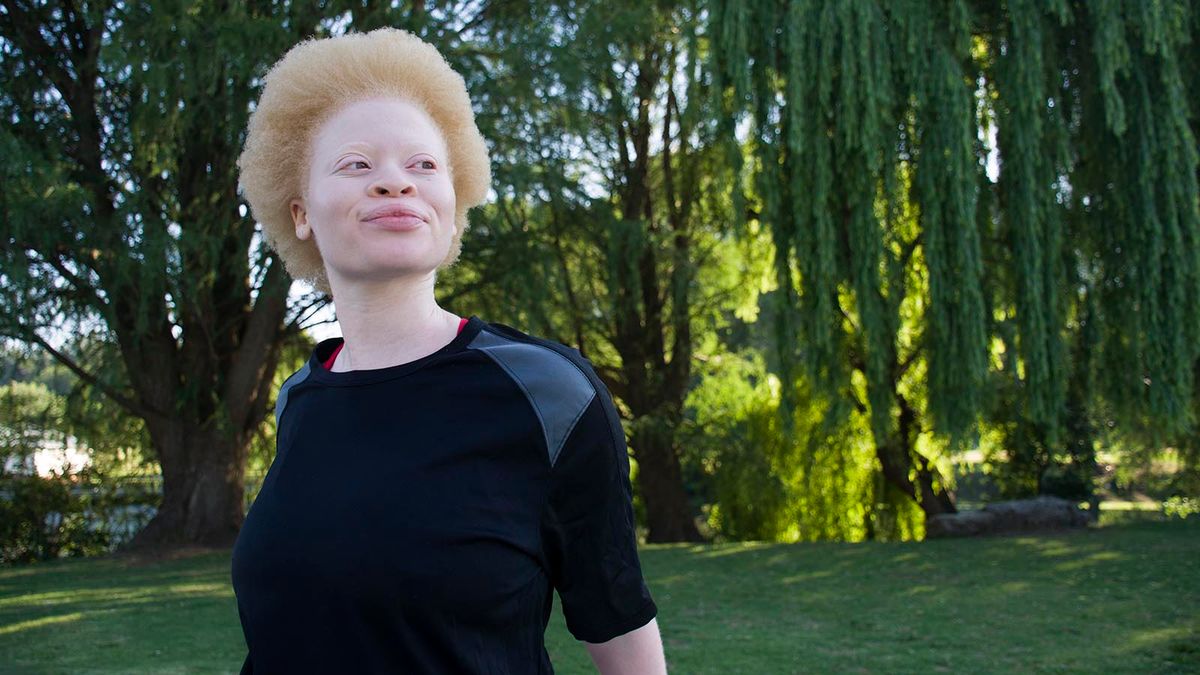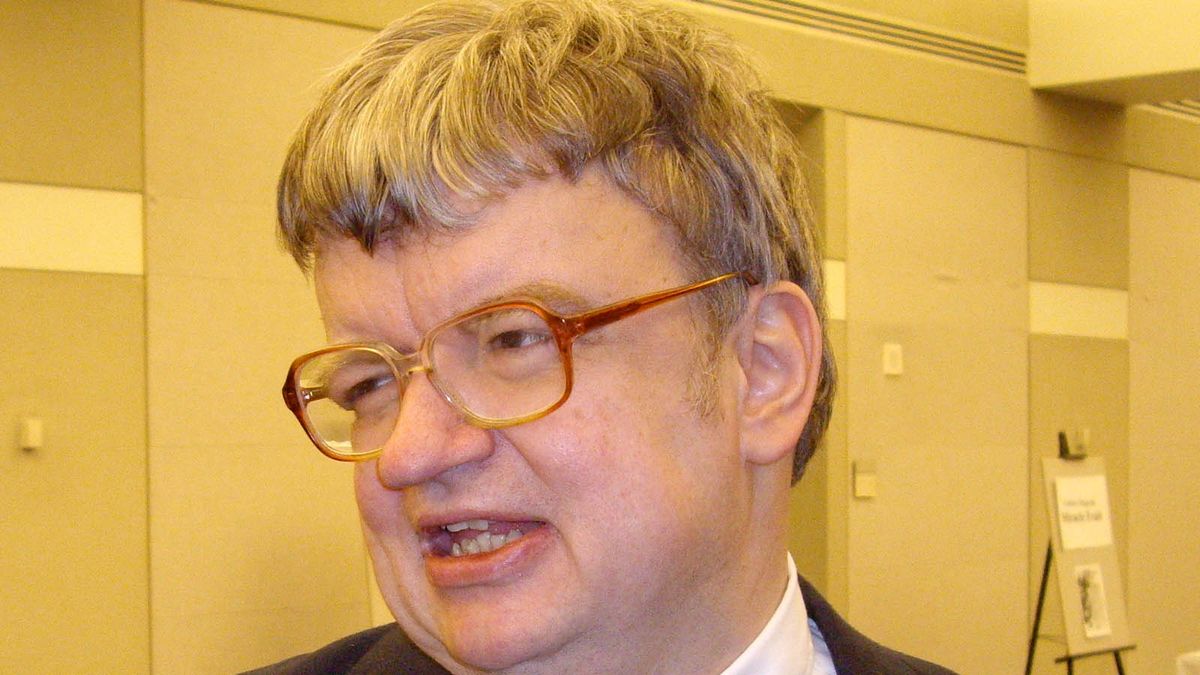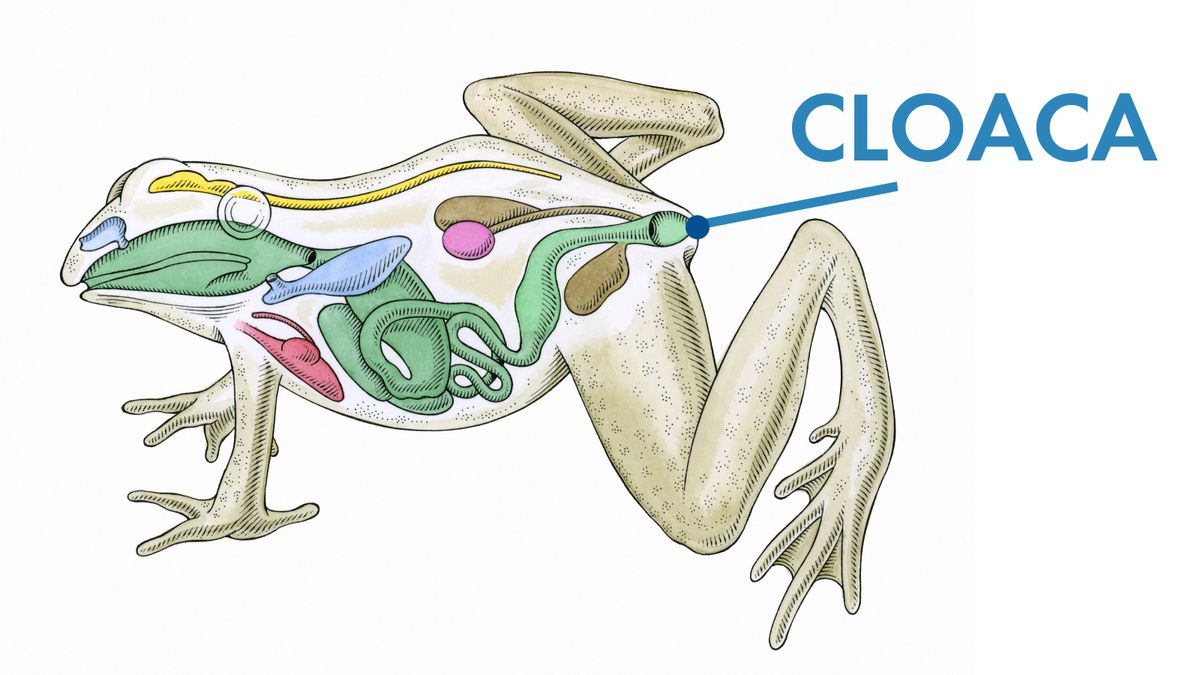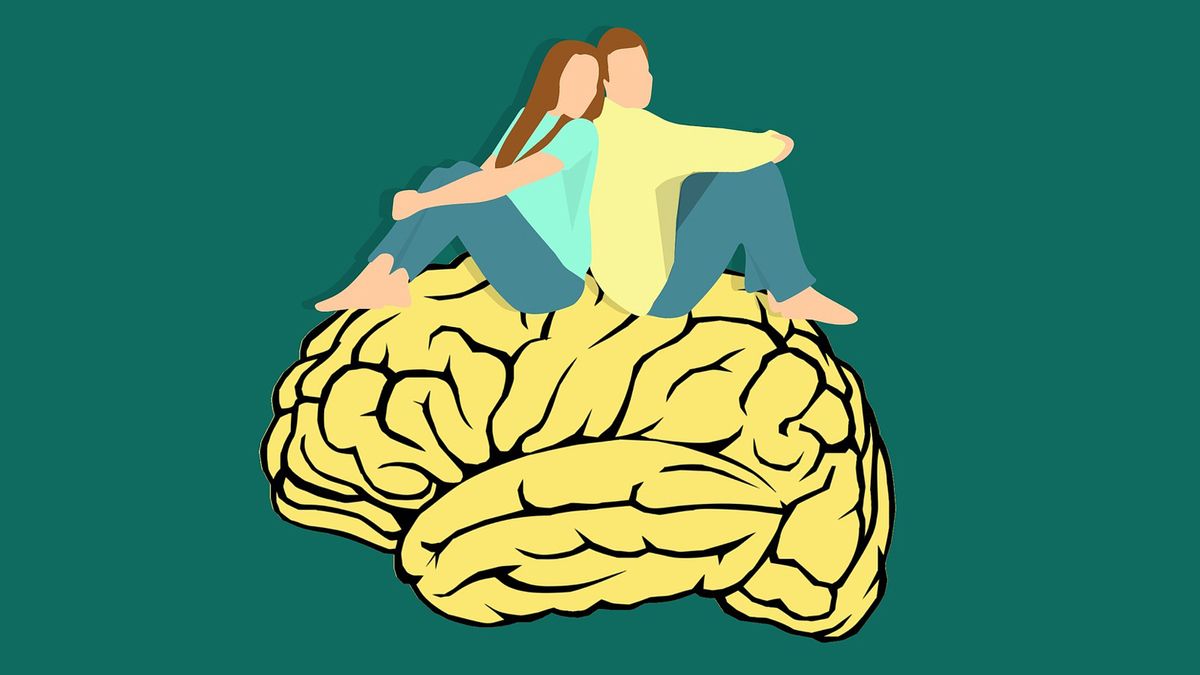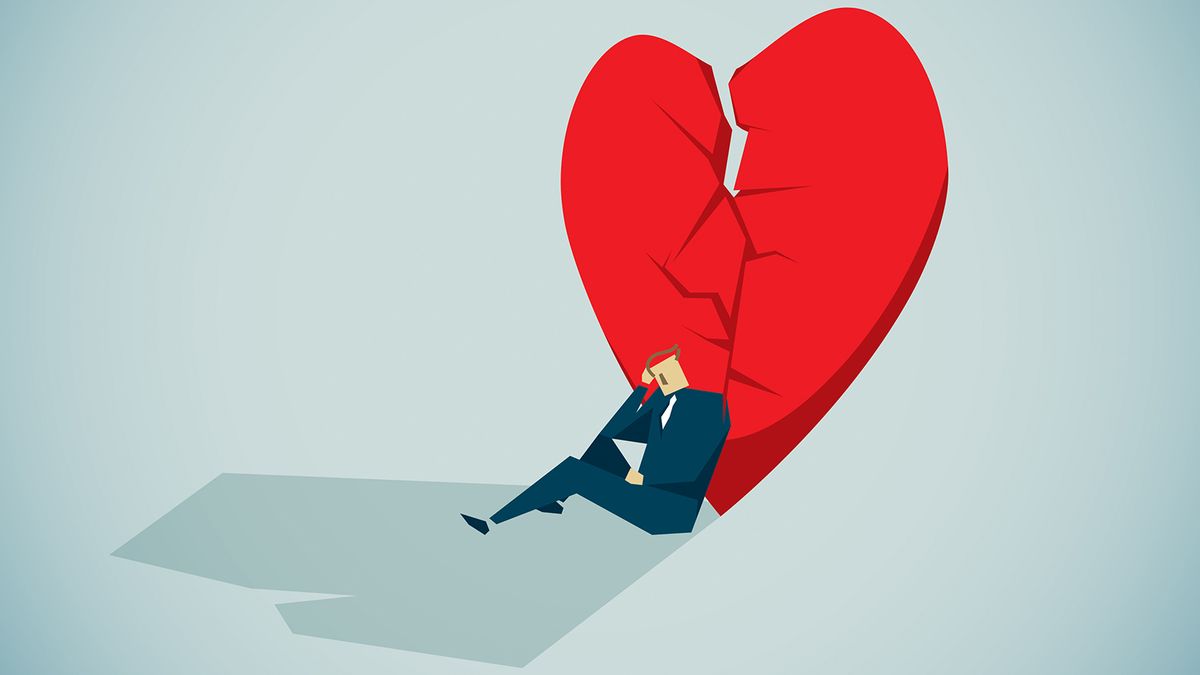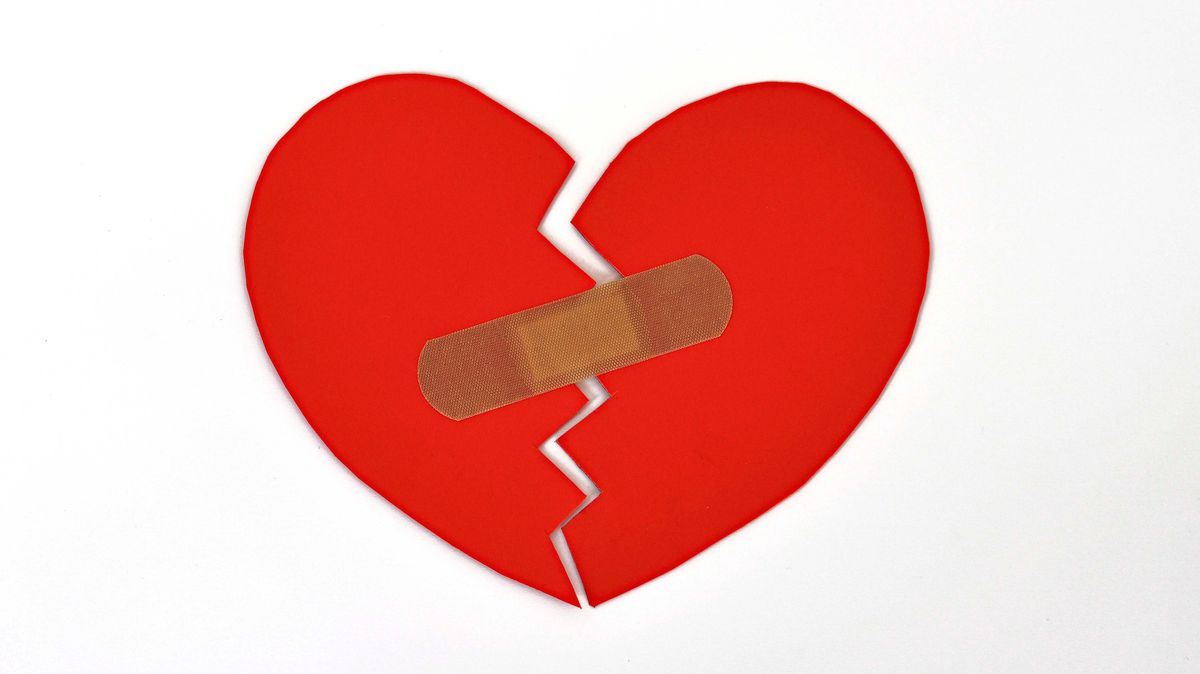
Если вы смотрели фильм 1973 года «Экзорцист», вы, по крайней мере, имеете представление о том, что такое экзорцизм. Это связано с избавлением человека от дьявольской одержимости, это обычно связано с римско-католическими верованиями, и, если смотреть фильм, это очень, очень страшно. Вы можете с содроганием вспоминать девочку-подростка, у которой кружилась голова, ее тело билось в конвульсиях, ее голос демона извергал проклятия и непристойности, пока избитый священник «Экзорциста» сражался с дьяволом, чтобы спасти ее душу.
Эта голливудская версия экзорцизма предположительно основана на реальном экзорцизме, проведенном над мальчиком из Мэриленда в 1949 году. Священники все еще проводят экзорцизмы сегодня.
Реален ли экзорцизм или субъект и экзорцист бессознательно разыгрывают роли из популярного фильма? Существуют ли другие объяснения того, что некоторые люди называют «одержимостью»? В этой статье мы сосредоточимся на римско-католическом обряде изгнания нечистой силы из-за его огромного присутствия в популярной культуре благодаря «Экзорцисту» и его преемникам. Мы узнаем, почему священник может проводить экзорцизм, выясним, что включает в себя ритуал, взглянем на реальный экзорцизм и обсудим споры вокруг этой практики.
Что такое экзорцизм?
Католическая энциклопедия определяет экзорцизм как «акт изгнания или отражения демонов или злых духов от людей, мест или вещей, которые, как считается, одержимы ими или заражены ими или могут стать жертвами или орудиями». от их злобы». Короче говоря, это ритуал, совершаемый католическим священником для изгнания дьявола из человека, места или вещи.
В Римско-католической церкви существует несколько видов экзорцизма:
- Экзорцизм при крещении - благословение младенца перед крещением, чтобы очистить его от зла, возникшего в результате первородного греха .
- Простой экзорцизм - благословение места или предмета, чтобы избавить его от злого влияния.
- Настоящий экзорцизм - выполнение обряда экзорцизма, чтобы избавить человека от дьявольской одержимости.
«Настоящий экзорцизм» — это то, о чем думает большинство из нас, когда мы думаем об экзорцизме. В данном случае священник-экзорцист имеет дело с человеком, одержимым дьяволом — дьявол вселяется в тело этого человека. Голливудская версия настоящего экзорцизма выглядит примерно так:

Согласно Церкви, явные признаки одержимости демонами включают [ ссылка ]:
- Говорить или понимать языки, которые человек никогда не изучал (в отличие от «говорения на языках», которое считается признаком религиозного экстаза, а не одержимости)
- Знание (и раскрытие) вещей, которые человек не имеет земного способа узнать
- Физическая сила, выходящая за пределы естественного физического облика человека
- Сильное отвращение к Богу, Деве Марии, кресту и другим образам католической веры
Если вы выполните поиск в Google по слову «экзорцизм», вы найдете рекламу экзорцистов — Ванда Пратника, например, имеет «30-летний опыт и 25 000 успешно проведенных экзорцизмов». Из-за этого одержимость демонами кажется довольно распространенным явлением. Но для Римско-католической церкви это редкость: она находит истинное одержимость демонами примерно в одном из каждых 5000 зарегистрированных случаев [ ссылка ]. Так что же нужно Церкви, чтобы прислать экзорциста?
На самых высоких уровнях
In "My Six Popes," Cardinal Jacques Martin reports that Pope John Paul II performed an exorcism on a woman in 1982. There are also reports that Mother Teresa underwent an exorcism shortly before her death in 1997 because the Archbishop of Calcutta believed she was being assaulted by the devil.
- The Investigation: Possessed?
- The Exorcist
- The Exorcism
- A Real-life Exorcism
- The Controversy
The Investigation: Possessed?
When someone reports a possible case of possession to the Church, an investigation begins. Father Benedict Groeschel, a Franciscan priest who holds a Ph.D. in psychology from Columbia University, was the man the Archdiocese of New York called on to investigate cases of apparent possession that landed on its desk in the '70s and '80s. In "American Exorcism," he describes his experience this way (Cuneo 22):
A typical investigation is essentially a process of elimination: Does the subject exhibit the telltale signs of demonic possession? Is there any other way to explain the subject's behavior besides demonic possession?
Often, the priest will consult a psychiatrist in his investigation in order to determine whether the "possessed" person's symptoms can be fully explained by mental illness. According to Michael Cuneo's "American Exorcism," there are about a dozen psychiatrists in the United States who evaluate potentially possessed subjects for the Catholic Church. The subject will also undergo a medical examination to find out if the symptoms can be attributed to a physical disorder or illness. The priest may consult a Church-approved expert on the paranormal for additional input. Another possibility the investigator must consider is plain old fraud.
If the priest is convinced of the validity of the possession and that an exorcism is the appropriate way to help this person, he will report back to his supervisor (in most cases, the diocesan bishop) that an exorcism is in order. The Church may then decide to sanction an official exorcism and appoint an exorcist to the case.
Long History
Possession and exorcism date back to ancient times, possibly beginning with early shamanistic beliefs in which spirits of the dead could do harm to the living. Shamans would enter a trance state to find the troublemaking soul and discover from it the way to end the victim's pain. In ancient Egyptian and Babylonian cultures, illnesses and other afflictions were regularly attributed to evil spirits that invaded the human body, and priest-healers carried out intricate ceremonies to cause the evil spirits to leave.
The Exorcist
If the Church decides it has a truly possessed individual on its hands -- one that requires an exorcism -- the next step is to appoint an exorcist to the case. This is often the same priest who performed the investigation, but not always.
Casting out the devil is not part of a typical priest's daily duties. Most priests have never performed an exorcism. But some have.
Official numbers are hard to come by, but "American Exorcism" reports that in 1996, the Catholic Church appointed 10 priests to the position of exorcist in the United States, bringing the total number to 11. Cuneo estimates the worldwide number at somewhere between 150 and 300, while other reports claim there are 300 to 400 official exorcists in Italy alone [ref]. There are also priests who are not official exorcists but claim to have permission from their local bishop to perform exorcisms at their discretion. The exorcism ritual has made a big comeback from being nearly extinct throughout most of the 20th century.
Traditionally, Catholic exorcists undergo very little specific training to aid them in their job. While they learn a great deal about the devil and the risks and manifestations of evil, exorcism itself is not a specialized area of study in seminary school. What they know, they know from their experience in the role of priest and from the Roman Catholic rite of exorcism, which is the official document detailing the prayers and steps of an exorcism. Things are starting to change, though. Official exorcists of the Catholic Church formed their own organization in 1992. The International Association of Exorcists holds biannual meetings in Rome and sends out a quarterly newsletter to its members. In the newsletter, exorcists tell of particularly difficult or interesting cases and swap "tricks of the trade" (Cuneo, 266). In addition, in 2005, Rome's Regina Apostolorum Pontifical Academy (a university connected to the Vatican) started offering a class on exorcism.
Once the Church appoints one of its official exorcists to perform the ritual, the next step is to get the devil to leave the person's body.
Exorcism in the Movies
- The Exorcist (1973)
- The Amityville Horror (1979)
- Poltergeist (1982)
- Repossessed (1990)
- Stigmata (1999)
- Lost Souls (2000)
- The Exorcist: The Beginning (2004)
- The Amityville Horror (2005)
- The Exorcism of Emily Rose (2005)
The Exorcism

In January 1999, the Vatican issued a revised exorcism rite to be used by Catholic priests. The directions for conducting an exorcism comprise a single section in the Roman Ritual (Rituale Romanum), one of the books describing the official rites of the Roman Catholic Church. Prior to 1999, the official exorcism rite dated back to 1614.
To perform the rite, the exorcist dresses in his surplice and purple stole. The ritual of exorcism is mostly a series of prayers, statements and appeals. These prayers are loosely broken down into the "imploring formula," in which the priest asks God to free the subject from the devil ("God, whose nature is ever merciful and forgiving, accept our prayer that this servant of yours, bound by the fetters of sin, may be pardoned by your loving kindness"), and the "imperative formula," in which the priest demands in the name of God that the devil leave the subject's body ("Depart, then, impious one, depart, accursed one, depart with all your deceits, for God has willed that man should be His temple"). To read the entire 1999 revised rite, see Catholic Doors Ministry: 1999 Rite of Exorcism.
In addition to these recitations, the priest takes certain actions at particular times during the rite: He sprinkles holy water on everyone in the room, lays his hands on the subject, makes the sign of the cross both on himself and on the subject and touches the subject with a Catholic relic (usually an object associated with a saint).
Malachi Martin, a former Jesuit priest and self-proclaimed (but not official) exorcist, offers additional information on exorcism -- information not endorsed by the Church. A controversial figure in the Catholic world, Martin reveals in the book "Hostage to the Devil" what he considers to be the typical stages of an exorcism (Cuneo 19-20):
- Pretense - The demon is hiding its true identity.
- Breakpoint - The demon reveals itself.
- Clash - The exorcist and the demon fight for the soul of the possessed.
- Expulsion - If the exorcist wins the battle, the demon leaves the body of the possessed.
"Hostage to the Devil" created quite a stir in the Church. The book details supposedly factual exorcisms that Martin claims to have performed, assisted with or witnessed. The exorcisms Martin describes are on the level with "The Exorcism" in terms of action and violence. It has been criticized by believers, who think Martin has sensationalized and therefore belittled the power of the devil. But if Martin's vivid scenes don't ring true to the Church and its supporters, what does a real exorcism look like?
I Believe!
A 2005 Gallup poll reports that 42 percent of people in the United States believe in the possibility of diabolical possession [ref].
A Real-life Exorcism
In researching "American Exorcism: Expelling Demons in the Land of Plenty," Michael Cuneo, a sociology professor at Fordham University, attends all sorts of exorcisms. One official, Church-sanctioned exorcism that Cuneo sat in on involved a man he calls Warren (the possessed) and a priest-exorcist he calls Father Peter. Warren's life is painful to him -- he is a heavy drinker, regularly has sex with people he has just met and is generally depressed. He has recently begun to hear voices, see things and feel an "unbearable pressure" on his body at night. In short, Warren is tormented. His local pastor contacted Father Peter's supervisor, and with the agreement of a psychiatrist, they arranged an exorcism. The following details of a real-life, official exorcism are taken from "American Exorcism" (243-245). While Cuneo does not provide a date, this exorcism most likely took place before the 1999 revisions to the rite.
In the basement of an unremarkable building in the Midwest, Father Peter, in his surplice and purple stole, stands directly in front of Warren, who sits in a chair with his head bowed and his fists clenched. Cuneo sits off to the side. Father Peter begins the ritual:
While speaking these initial words, the priest sprinkles Warren, Michael Cuneo and himself with holy water.
Father Peter moves closer to Warren, makes the sign of the cross and lays his palm on Warren's forehead. Warren sits perfectly still while Father Peter recites the prayers of the exorcism ritual. Father Peter appeals to Christ, the Virgin Mary and the saints to aid him in his endeavor to save Warren's soul. Warren remains silent.
Father Peter makes the sign of the cross on Warren's forehead, presses a relic against his chest and ultimately finishes the exorcism with:
Father Peter then leads Warren in a few closing prayers and additional readings. He asks Warren how he feels. Cuneo relays Warren's answer: "Peaceful, Warren said, but also a bit confused. He thought he'd felt something leaving him during the exorcism, but he wasn't sure."
It's not exactly "The Exorcist," but then, that's a pretty tough act to follow. Was Warren possessed? Did Father Peter get the devil to leave Warren's body? There are those who believe, and there are those who don't. But no one got hurt, and it may just be that Warren is better off having undergone the exorcism. So some might wonder, what's the problem?
Free Will
According to Cardinal Medina, "[Possession] has sensational features, in which the devil in a certain way takes over the physical powers of the possessed person. However, the devil cannot control the subject's free will and thus cannot cause him to sin. Still, the physical violence the devil exerts over the [possessed] person is an inducement to sin and this is what he seeks" [ref].
The Controversy
The battle surrounding exorcisms exists mainly on two related fronts: the huge "exorcism for profit" ministries that have sprung up in the last couple of decades; and the "psychology vs. religion" debate that sprang up with the advent of psychiatry in the 1800s.
Exorcism for Profit
As soon as money enters the picture, the skeptics are going to win some ground. The rise of money-making "exorcism ministries" around the world leads many people who might otherwise reserve judgment to outright reject the validity of the Catholic view of possession and exorcism, even though the exorcisms performed by these unofficial exorcists are not in any way connected to the Catholic Church.
A particularly popular exorcism ministry in the United States, Bob Larson Ministries, televises its weekly conferences. In these mass exorcisms, for which large groups can receive a "family rate" on tickets, Mr. Larson exorcises the demons of an auditorium full of people. Financial donations on top of the ticket price are not required for his services, but they are welcome.
There are always people who will point to profit as evidence of an ulterior motive, especially when you mix profit with the paranormal.
Psychology vs. Religion
Where one person sees possession and pulls out his rite of exorcism, another sees mental illness and pulls out the DSM IV. This is probably the greatest debate surrounding the practice of exorcism: there may be earthly explanations for behavior the Church considers evidence of diabolical possession.
Several psychological disorders, including Tourette syndrome and schizophrenia, can produce the types of effects seen in "possessed" people. People with epilepsy can suddenly go into convulsions when having a seizure; Tourette syndrome causes involuntary movements and vocal outbursts; schizophrenia involves auditory and visual hallucinations, paranoia, delusions and sometimes violent behavior. Psychological issues like low self-esteem and narcissism can cause a person to act out the role of "possessed person" in order to gain attention. In a case where the subject is in fact suffering from mental illness, the Church is doing harm by labeling the person possessed if this prevents the person from seeking out the medical treatment he or she requires.
Cardinal Jorge Arturo Medina Estevez, introducing the New Rite for Exorcisms to the press in 1999, responds to the conflict this way [ref]:
The ultimate question remains, "Does exorcism help people or harm people?" It is difficult to come by documentation of any outcomes of official Roman Catholic exorcisms, harmful or beneficial. This is by design: According to the official rite, exorcisms are supposed to be low-key -- not necessarily secret, but not performed in public or in front of press representatives -- so that the ritual does not become a "show." Results are not to be published, whether the exorcism is a success or a failure.
Однако существует множество документов о пагубных последствиях экзорцизма, проводимого за пределами католической церкви. Один широко известный инцидент произошел в июне 2005 года в Танаку, Румыния. Священник и несколько монахинь в румынском православном монастыре считали, что Мариция Ирина Корничи, 23-летняя монахиня, жившая в монастыре, была одержима. Поэтому они провели ритуал изгнания нечистой силы: привязали ее к кресту, заткнули ей рот полотенцем и оставили одну без еды и воды. Намерение состояло в том, чтобы изгнать демона, обитающего в ее теле. Корничи умер через три дня. Власти считают, что у молодой женщины была шизофрения.
Чтобы узнать больше об этом случае, см. CBSNews.com: Монахиня умирает после экзорцизма в монастыре .
Для получения дополнительной информации об экзорцизме и связанных с ним темах перейдите по ссылкам на следующей странице.
Прежде чем обвинять дьявола и экзорцизм в других религиях
Источники сообщают, что девиз отца Патера Давиде, официального экзорциста Ватикана, звучит так: «ищи вину в себе» [ исх .].
- Иудаизм : Еврейский фольклор и каббалистические учения рассказывают о злобном духе, называемом диббуком . Этот дух является душой умершего человека, вернувшегося для решения незаконченных дел, и вселяется в тело живого человека, чтобы осуществлять свои цели. Диббук можно изгнать с помощью обряда экзорцизма, и он покидает тело через палец ноги.
- Ислам : Исламская вера говорит о джиннах — злых духах и слугах Сатаны, — которые могут вторгаться в человеческое тело и вызывать болезни, боль, мучения и злые мысли. Этот джинн может быть изгнан одержимым человеком путем чтения определенных отрывков из Корана.
- Индуизм : В индуизме писания Вед говорят о злом духе, который может не только причинить вред людям, но и встать на пути воли богов. Традиционный индуистский экзорцизм включает в себя такие ритуалы, как сжигание свиных экскрементов, чтение молитв и подношение сладостей богам.
Много дополнительной информации
Статьи по Теме
- Как работает ЭСП
- Как работает хождение по огню
- Как работает Хэллоуин
- Как работает гипноз
- Как работает папство
- Как работают городские легенды
- Как работает колдовство
- Как человек становится святым?
Больше отличных ссылок
- Католическая энциклопедия Нового Адвента: Экзорцизм
- Словарь скептика: экзорцизм
- CBSNews.com: Университет Ватикана предлагает экзорцизм 101 - 17 февраля 2005 г.
- BBCNews.com: распятая монахиня умерла во время «экзорцизма». - 18 июня 2005 г.
- Информационное агентство ЗЕНИТ: Кардинал Медина о новом обряде экзорцизма - 26 января 1999 г.
Источники
- «Кардинал Медина о новом обряде экзорцизма». Информационное агентство ЗЕНИТ - Мир, увиденный из Рима, 26 января 1999 г. http://www.zenit.org/english/archive/9901/ZE990126.html
- «Распятая монахиня умирает во время экзорцизма». BBCNews.com. 18 июня 2005 г. http://news.bbc.co.uk/2/hi/europe/4107524.stm
- Кунео, Майкл В. «Американский экзорцизм: изгнание демонов из страны изобилия». Даблдэй. Нью-Йорк, 2001 год.
- «Реформированный обряд экзорцизма». Католическая культура. http://catholicculture.net/docs/doc_view.cfm?recnum=2824
- «Экзорцизм». Метарелигия.com. http://www.meta-religion.com/Psychiatry/Demonic_possesion/exorcism.htm
- «Экзорцизм». Католическая энциклопедия Нового Адвента. http://www.newadvent.org/cathen/05709a.htm
- «Экзорцизм». Словарь скептика. http://skepdic.com/exorcism.html
- «Джинн товарищ (Карин): как от этого избавиться?» Ислам онлайн. http://www.islamonline.net/servlet/Satellite?pagename=IslamOnline-English-Ask_Scholar/FatwaE/FatwaE&cid=1119503546050
- «Священники записываются на экзорцизм 101». LATimes.com. 18 февраля 2005 г. Перепечатано Тибетским фондом. http://www.tibetanfoundation.org/ExorcismOnRise.htm
- «Ватикан издает первый новый ритуал изгнания нечистой силы с 1614 года». CNN.com. 26 января 1999 г. http://www.cnn.com/WORLD/europe/9901/26/exorcism/
- «Университет Ватикана предлагает экзорцизм 101». CBSNews.com. 17 февраля 2005 г. http://www.cbsnews.com/stories/2005/02/17/world/main674660.shtml
- «Что такое синдром Туретта?» Ассоциация синдрома Туретта. http://www.tsa-usa.org/

